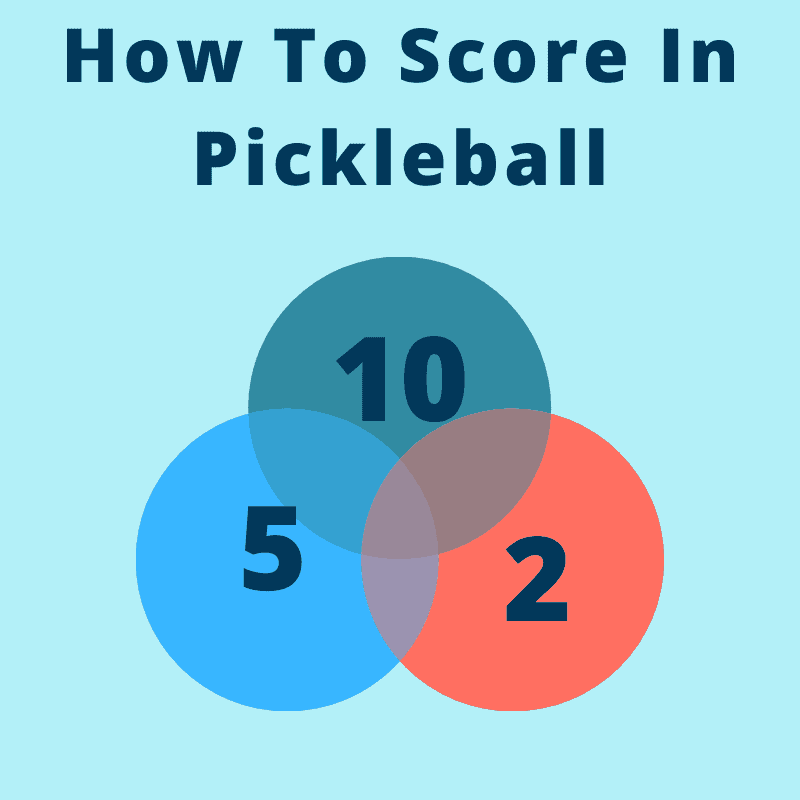Calling the score in pickleball is not intuitive. It is very difficult to explain to new players. Once you start playing, though, it is easy to learn. I always tell my beginners to make sure at least one person on the court knows how to keep score even you don’t.
How to Call the Score
- When you are calling the score there are three numbers: serving team’s score, opponents’ score and server (either one or two, meaning the first or second server.
-
- When starting a match, unlike during the match, the score should be called 0-0-2. This is called the “First Server Exception” and only happens at the beginning of the game. The idea behind this is that the team serving first has an advantage so only gets one serve. Like all other times the server starts, the server at the beginning of the game serves from the right or even side of the court. So the “2” indicates the second server even though in reality that person is the first server of the game. When the serve is lost, the serve goes to the other side.
- The server number (one or two) applies for that service turn only. Depending on the score, the person on the right side, when one team gets back the serve, is considered the first server only for that service turn. Remember that no player keeps the same server number (one or two) the entire game; rather the number of the server is determined after each change of serve from team to the other.
- To keep things straight you always know who is supposed to be serving – and the score of the game – by who is serving from what position. For example, when the score is even, the player who served first in that game is on the right or even side of the court, whereas, when the score is odd that person would be on the left or odd side of the court. Conversely, when the first server of the game is on the right or odd side of the court, that team’s score is even.
In this video Josh Grubbs explains Pickleball Doubles Scoring so that it is easy for anyone to understand.
Stay safe, enjoy your games of pickleball, and let me know if you found this blog post useful.
Bob

